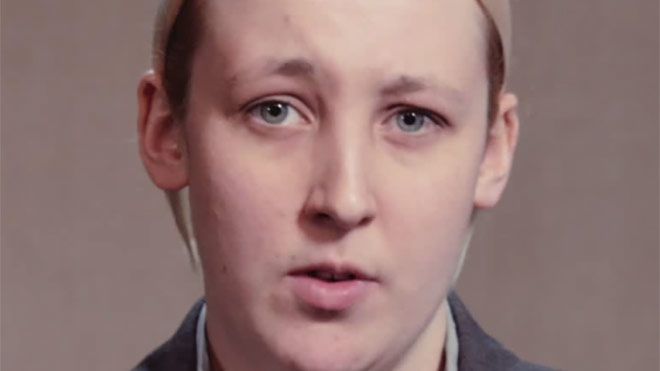The State Pension muddle and 1950s women

A long-simmering row over the impact on women born in the 1950s of a combination of State Pension Age equalisation with men, and increased State Pension Age for both genders, has reached the boil. This is thanks in large part to indefatigable campaigning by the impressively acronymed WASPI (Women Against State Pension Inequality) and its influential media allies. The group’s petition to Parliament calling for “fair transitional arrangements” for women born from April 1951 onwards, has garnered 103,000 signatures.
The problems are caused by the cumulative impact of the 1995 decision to equalise State Pension Ages for men and women and subsequent changes in 2007 and, particularly 2011. The TUC has been vocal in highlighting the problems caused for many women. A number faced sharp increases to their State Pension age with little time to plan for big changes to their life paths even after subsequent concessions that capped the increase in State Pension age.
Many women affected have also complained that they were not directly notified of the changes to their expected State Pension Age, raising yet again the great flaws in government record keeping. This left them unable to take remedial action. Some took early retirement or redundancy on the assumption that their State Pension would kick in at 60.
But now it has been created, this is not an easy situation to unravel, as Frances Coppola has set out in detail. If compensation is due then who is it due to? After all, changes in State Pension Age affected more than just those women born in the 1950s. And the reliance many how have on working age benefits to see them through to State Pension age is common to many men. Yet many face great hardship due to what they see as opaque and arbitrary decision making, particularly relating to the 2011 changes, and have strong cases for assistance.
Taking a longer term perspective, it is fitting that Mhairi Black, herself many decades from retirement, should be leading this debate. While the position of women born in the 1950s will be the immediate focus, it is time to bring robust and transparent evidence gathering to policy making on the state pension.
There are complex issues involved. Both overall life expectancy and healthy life expectancy vary dramatically with many people simply unable to stay in the workforce into their 60s, even if they wished to do so. Increases to State Pension age risk exacerbating prevailing inequalities. The attitude of employers to older workers can vary too. There are issues too about the way working age benefits work, with many older workers forced to rely on these until State Pension age. The decision to link public sector normal pension age to State Pension age is another complicating factor.
The opportunity to take a better approach will come with the review of State Pension age due by 2017. There have been recent hints by the Pensions Minister Baroness Altmann that the very long awaited appointment of a chair to lead the review is imminent. If there are to be any further increases in state pension age, the TUC believes they must be decided by an independent commission, reporting directly to parliament and including trade union and employer representation. The commission must have the ability to gather evidence on life expectancy inequalities as well as average life expectancy, and the actual capacity of people to stay in work for longer rather than become dependent on working age benefits.
Stay Updated
Want to hear about our latest news and blogs?
Sign up now to get it straight to your inbox

